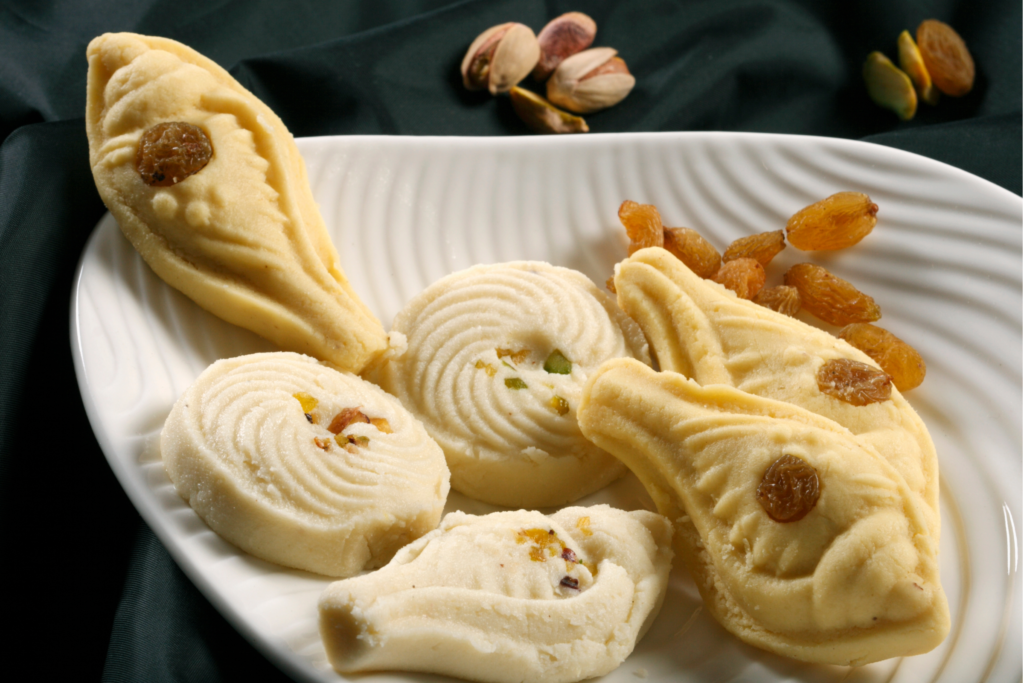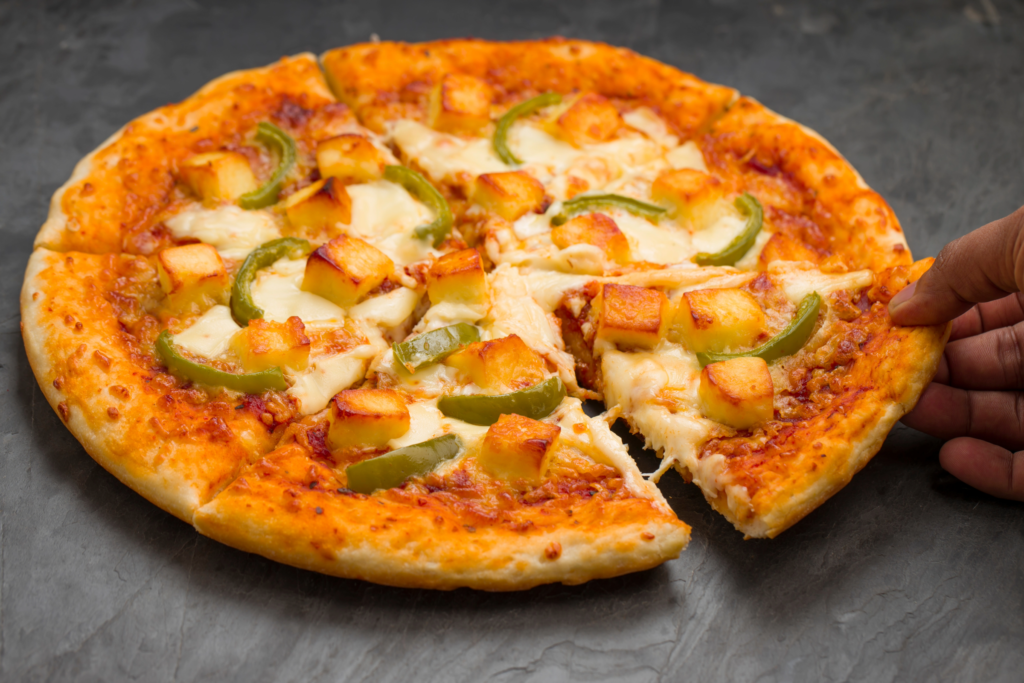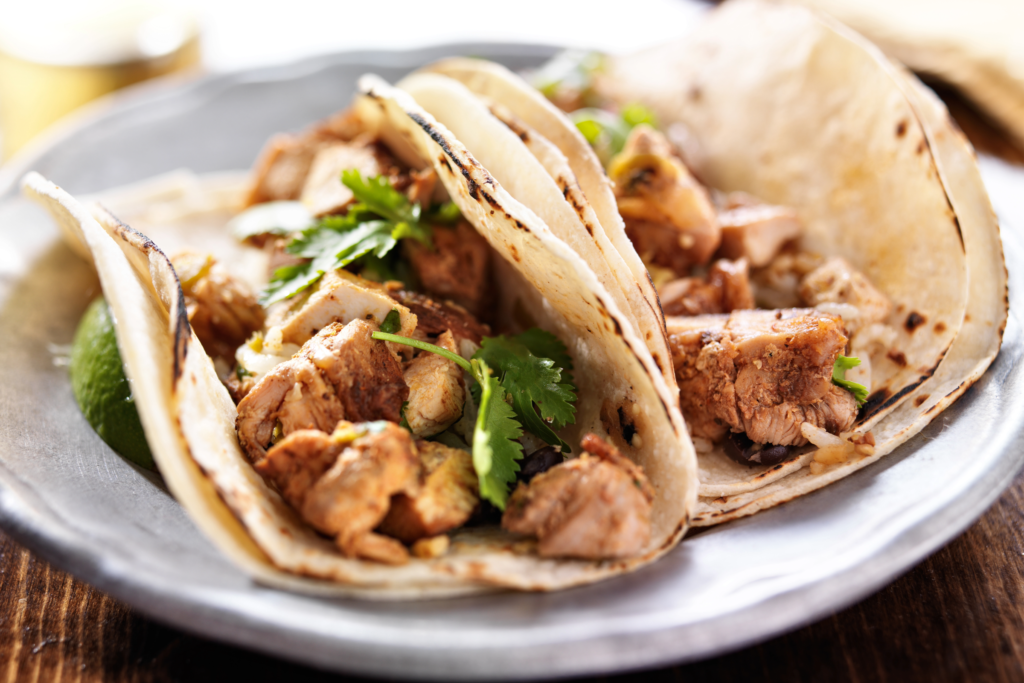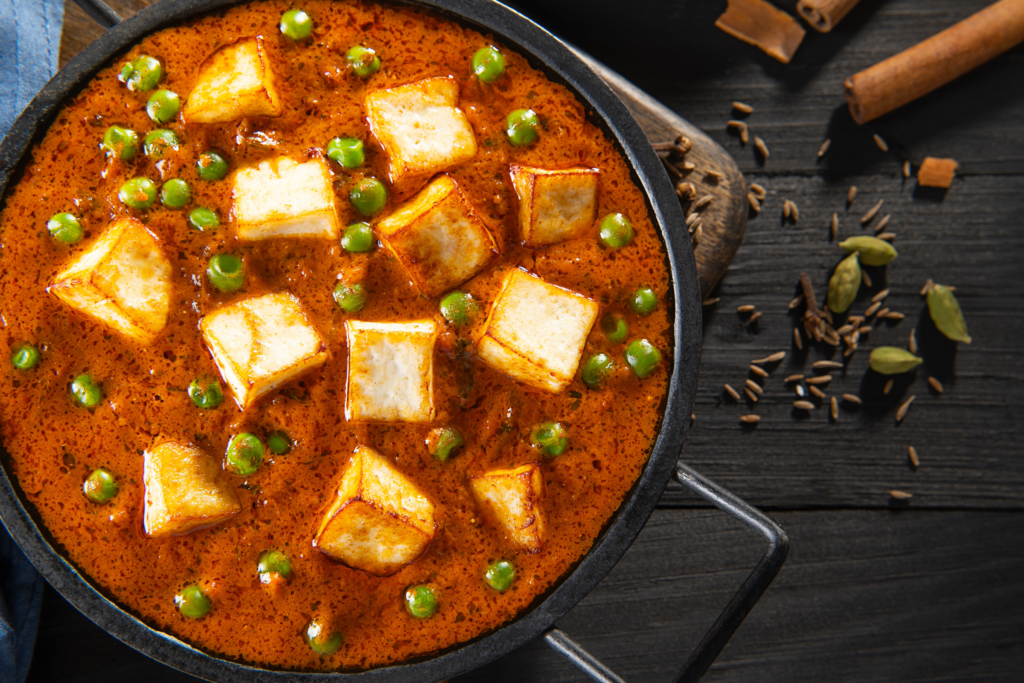Get ready to tantalize your taste buds with the vibrant flavors of South India as we delve into the world of Lemon Rice. This beloved dish is a culinary masterpiece that’s celebrated for its simplicity and zest. In this user-friendly guide, we’ll demystify the art of making Lemon Rice in your own kitchen. From the citrusy burst of lemon to the fragrant blend of spices, we’ll show you how to create this South Indian classic that’s not just a dish but a burst of sunshine on your plate.
Why Lemon Rice?
Prepare to savor the captivating flavors of this cherished South Indian delicacy known for its zestful attributes. Considered the epitome of delightful culinary balance, it presents a lovely experience that transcends the norm. In this comprehensive guide, we’ll explore the secrets behind crafting the perfect version within the confines of your kitchen. From the delicate fusion of spices to the tantalizing tang, we’ll take you on a culinary journey through this revered South Indian classic, revealing how it effortlessly transforms into not just a meal but a celebration of taste and freshness.
Unraveling the Magic
Before delving into the intricate details of its spices and cooking techniques, it’s vital to comprehend why this dish stands as a culinary treasure. Beyond its status as a delightful side, it embodies the essence of comfort and culinary satisfaction. It resonates with the warmth of home-cooked meals, the embrace of tradition, and the sheer delight of relishing a dish that invigorates the senses and uplifts the spirit.
Our user-friendly recipe aims to guide you through an effortless journey to recreate the authentic taste and essence of this South Indian gem. With our step-by-step instructions and insightful tips, your cooking endeavor is destined for success, leaving your kitchen brimming with aromas reminiscent of traditional South Indian households.
Embark on this Flavorful Culinary Adventure
Embrace the culinary exploration as this guide effortlessly steers you through the intricate dish-making process. Whether you boast the prowess of a seasoned culinary artist or are taking your inaugural steps into the world of South Indian cuisine, our meticulously curated recipe ensures a seamless and rewarding experience, culminating in the creation of a dish that embodies not just culinary excellence but also the vibrant spirit of South India. Let’s journey together into the aromatic heart of South India and craft a dish that transcends mere culinary delight, embodying the very essence of time-honored traditions and the warmth of home.









